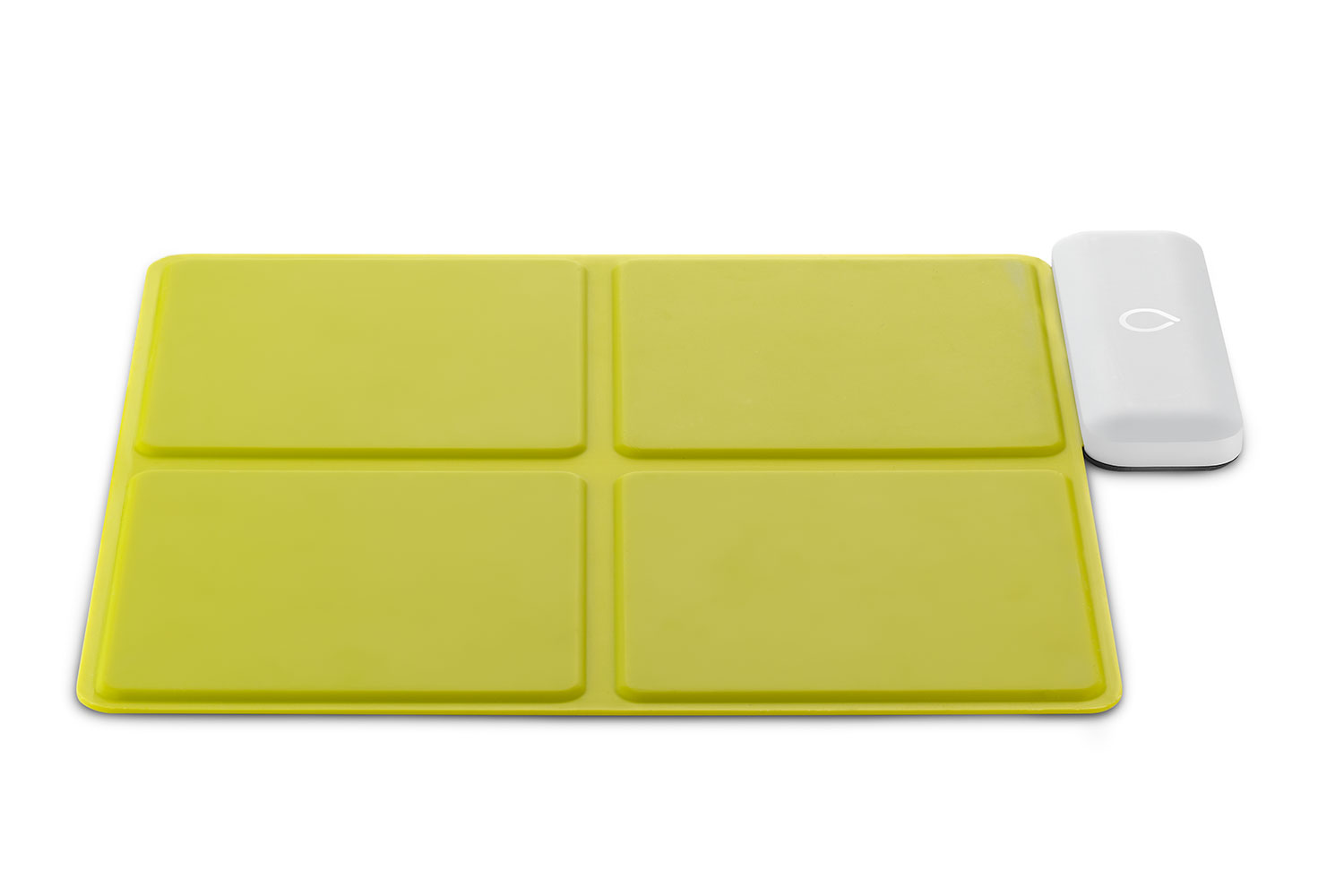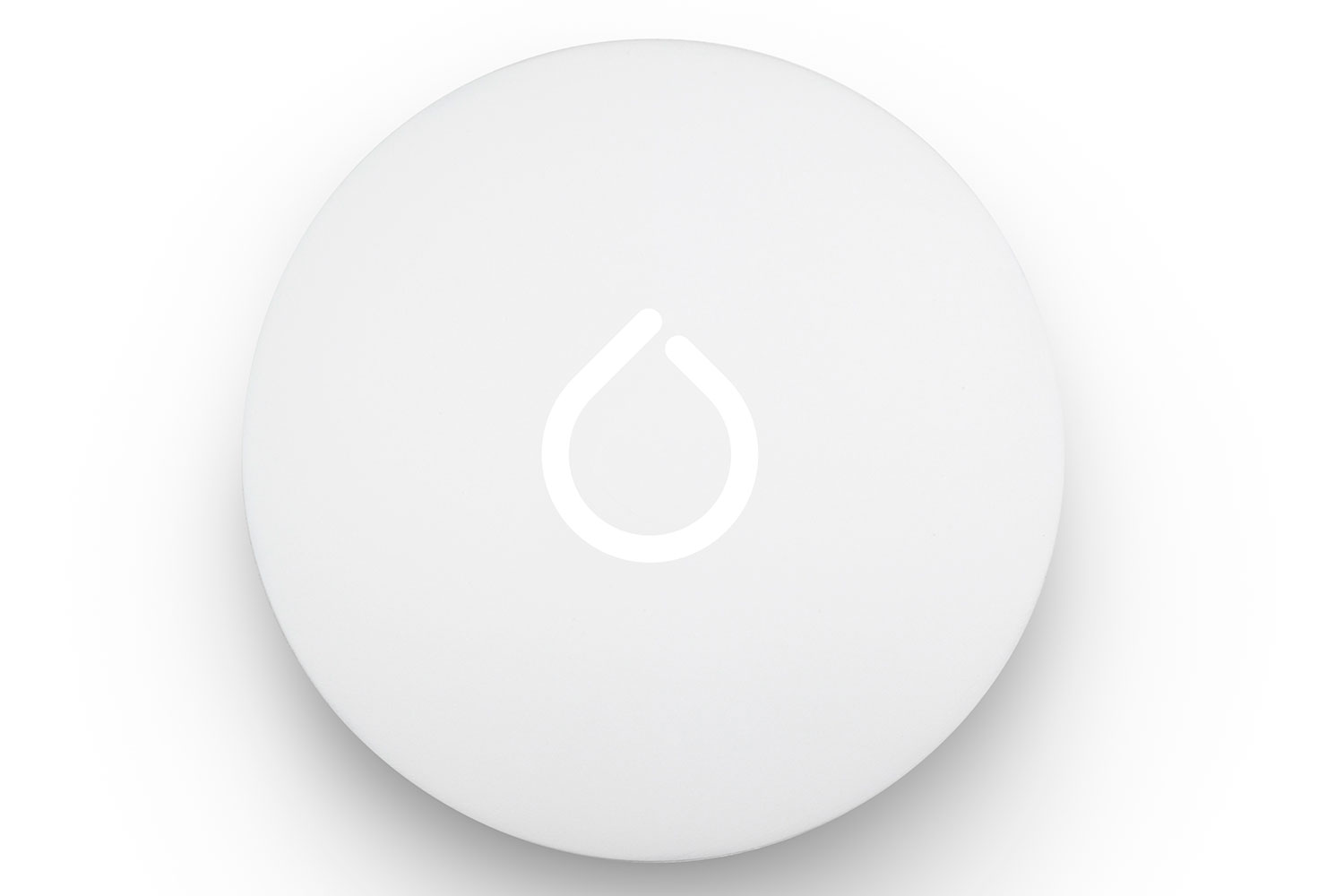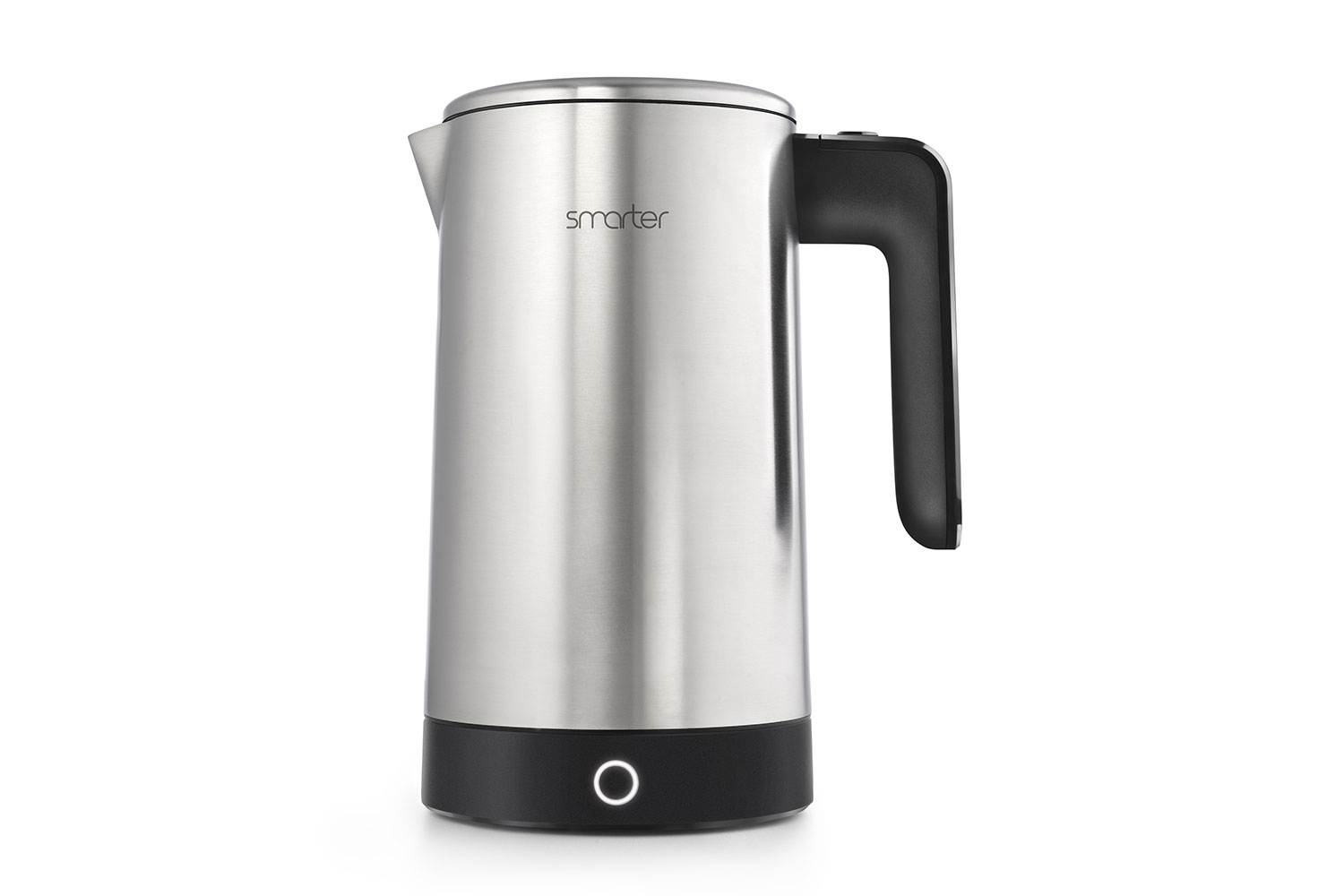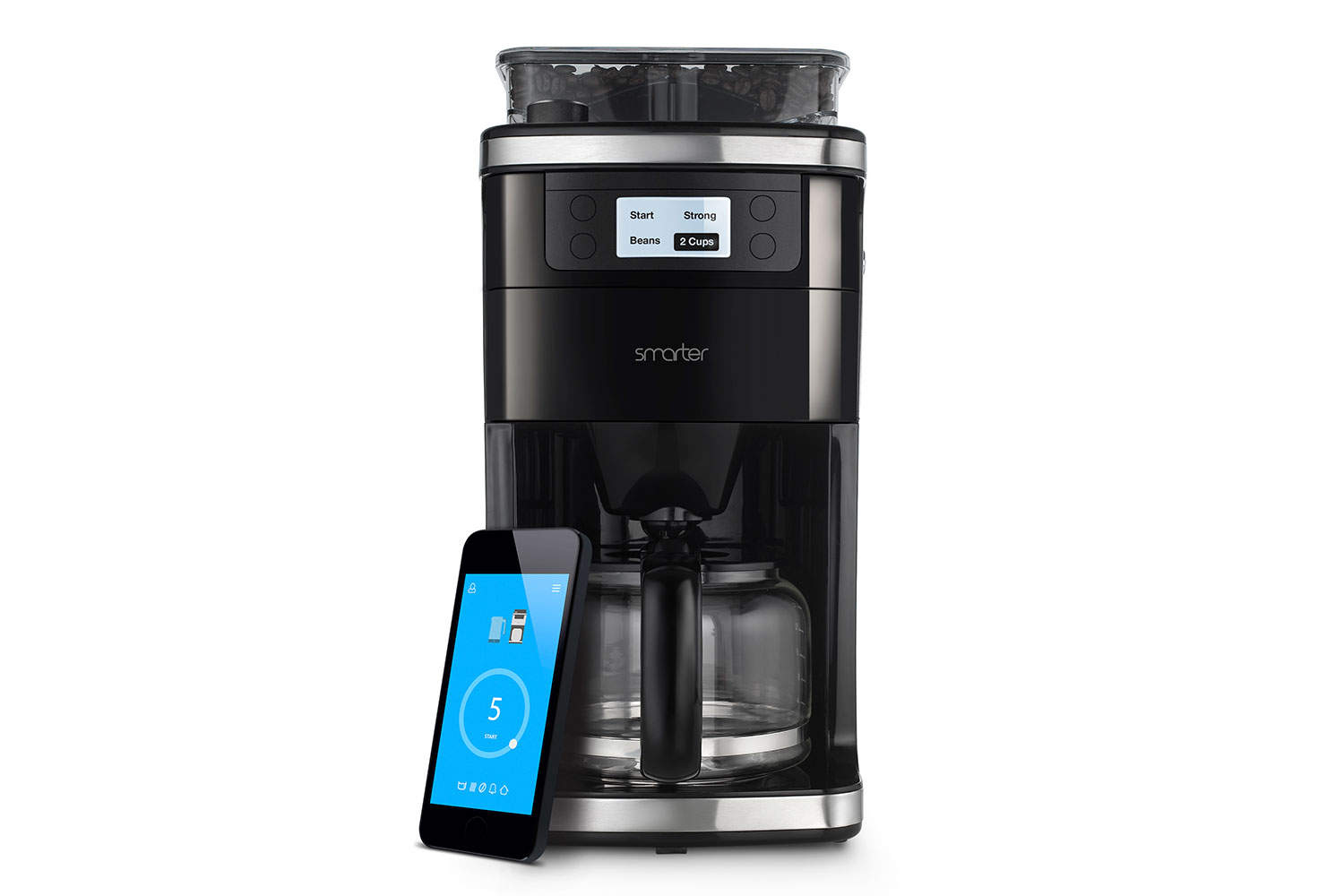Update: At IFA 2016 this week, British connected kitchen company Smarter announced official pre-orders for its anticipated Smarter FridgeCam will begin September 5. A wireless refrigerator camera which grants owners the ability to see inside their fridge without opening it, Smarter’s latest offering seems like a response to Samsung’s built-in camera bar in its Family Hub unit.
After taking a snapshot of a users’ fridge each time the door is shut, Smarter’s FridgeCam the uploads the shots to its companion smartphone application for quick viewing. For instance, if an owner is away from home but wants to see what needs to be replenished in the fridge, a simple visit to the app will show them the entirety of what’s inside.
“The FridgeCam will help users live and shop smarter,” said Smarter CEO, Christian Lane. “This is where the much talked about Internet of Things and Connected Products really start to have a positive effect on customers’ pockets and everyday lives.”
Available for pre-orders beginning September 5 via Smarter’s website, the FridgeCam will retain for $150.
Original article: Yesterday, Samsung announced the Family Hub, its fridge with a 21.5-inch tablet on the door. The screen can display your family calendar, the weather, recipes, or photos. There’s a camera inside the fridge that takes a picture when the door closes, but you probably don’t want to display those pics on the fridge. Instead, you’re supposed to check to see if you have milk when you’re at the store.
Of course, the Samsung fridge costs approximately $5,000, and maybe you already have a refrigerator that you’re not quite ready to part with. Smarter, the maker of connected coffee makers and kettles, has introduced its $100 Fridge Cam at CES 2016. Attach it to the interior of your fridge (either the front or back side) and it will take a photo every time you open the door. You can then check on your supply of string cheese via this photo the next time you’re in the dairy aisle, without having to buy a whole new appliance.
Smarter also had its Mat on display. It connects to your Wi-Fi and helps you keep track of kitchen items. Put a jar of peanut butter on top, and the rubber mat will keep track of how much is left. There will be varying sizes of mats, which will start around $80. This sounds similar to the Neo Smart Jar, but the Mat allows you to use your ordinary jar of spaghetti sauce instead of transferring it to a more intelligent container.
The final product from Smarter debuting at CES is the $100 Detect, which you can teach to learn the sounds of your house. After that, whether it’s the oven timer or the jingle that plays when your washing machine is done, the Detect will pick up the sound and sends an alert to your phone.
Smart washers and dryers can already let you know when your laundry’s done, but Smarter’s goal is to bring that functionality to items you already own, at a more affordable price. While not everyone will be willing to pay $100 to see what’s inside their fridge, it might be worth it to some people not to have to head back to the grocery store for a carton of eggs every week.
This post was updated on 9/1/2016 to reflect the announced pre-order date confirmed by Smarter at IFA 2016.







